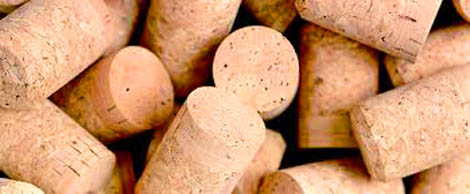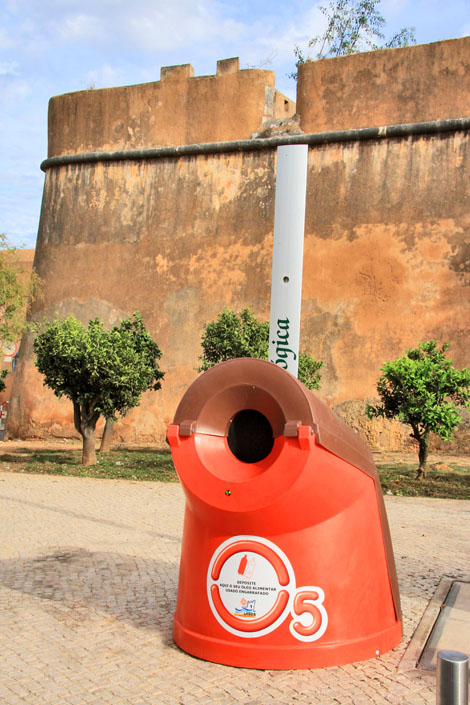 Nearly 50 kilos of cork stoppers and just over four tons of used cooking oil were collected in Lagos in 2013, announced the local Chamber.
Nearly 50 kilos of cork stoppers and just over four tons of used cooking oil were collected in Lagos in 2013, announced the local Chamber.
Thus, reveals the Câmara de Lagos, in the «Rolhinhas» distributed by the municipal buildings and schools of the county, a total of 47,30 kilos of cork stoppers were collected, which corresponds to a slight decrease (in the order of 31,6% ,) compared to 2012. The municipality explains that, "according to municipal services in the area of the environment, [the decrease] may be related to the reduction in consumption".
The place where the highest number of cork stoppers was recorded in 2012 was at the JI/ EB1 School of Ameijeira, weighing 31,81 kilos.
Last year, it was found that the facilities of the Division of Environment and Urban Services, located in Chinicato, managed to add more corks, more specifically 26,80 kilos, followed by the Paços do Paços do Paços Concelho Séc. XXI Building, with 12,10 kilos of collected corks.
Once again, in 2013, this project was “embraced” by the following schools in the municipality: EB1/JI de Santa Maria, EB1 Ameijeira, EB1 Odiáxere School, EB1 nº 1 in Lagos, EB1/JI in Espiche, EB1/JI nº 3 and EB1 School of Light.
Green Cork is a Cork Stopper Recycling Program that aims to transform used stoppers into other products.
In general terms, this project intends to help the environment in three ways: 1) in waste reduction; 2) in defense of the cork stopper as a fully ecological product (and of the cork oak forest itself), 3) in the planting of new trees (according to information provided by Quercus, each kilogram of recycled stoppers is equivalent to a tree planted and cared for).
In November 2010, the Municipality of Lagos joined Quercus in promoting the campaign to collect cork stoppers in the municipality.
More used cooking oil collected
 With regard to UCO – Used Cooking Oils, in 2013, around 12 tons were collected from the 4,01 oils distributed by the Municipality of Lagos, which corresponds to a slight increase in the quantities collected compared to the previous year (in the order of 14,5%), which, according to the municipality, translates into “strong adhesion of the population to the project”.
With regard to UCO – Used Cooking Oils, in 2013, around 12 tons were collected from the 4,01 oils distributed by the Municipality of Lagos, which corresponds to a slight increase in the quantities collected compared to the previous year (in the order of 14,5%), which, according to the municipality, translates into “strong adhesion of the population to the project”.
It was also found that the months of January, July and October were the ones with the highest amount of collected UCO, with values of: 460, 493,20 and 440,80 kilos, respectively.
The oil in the Santo Amaro Market continues to show the highest productivity, with around 1,5 tons of UCO collected throughout 2013.
In addition to the quantities collected in the oleões, it was also possible to collect in the municipal schools that joined this project about 2,2 tons of UCO, revealing a great involvement of the school population.
In this case, the participating schools were the EB1 School of Bensafrim, the EB1 School of Espiche, the JI/EB1 School of Santa Maria, the JI/EB1da Ameijeira School, the EB1 No. 1 School of Lagos and the Júlio Dantas Secondary School.
Get more detailed information about these issues at www.cm-lagos.pt (Environment item).


















Comments